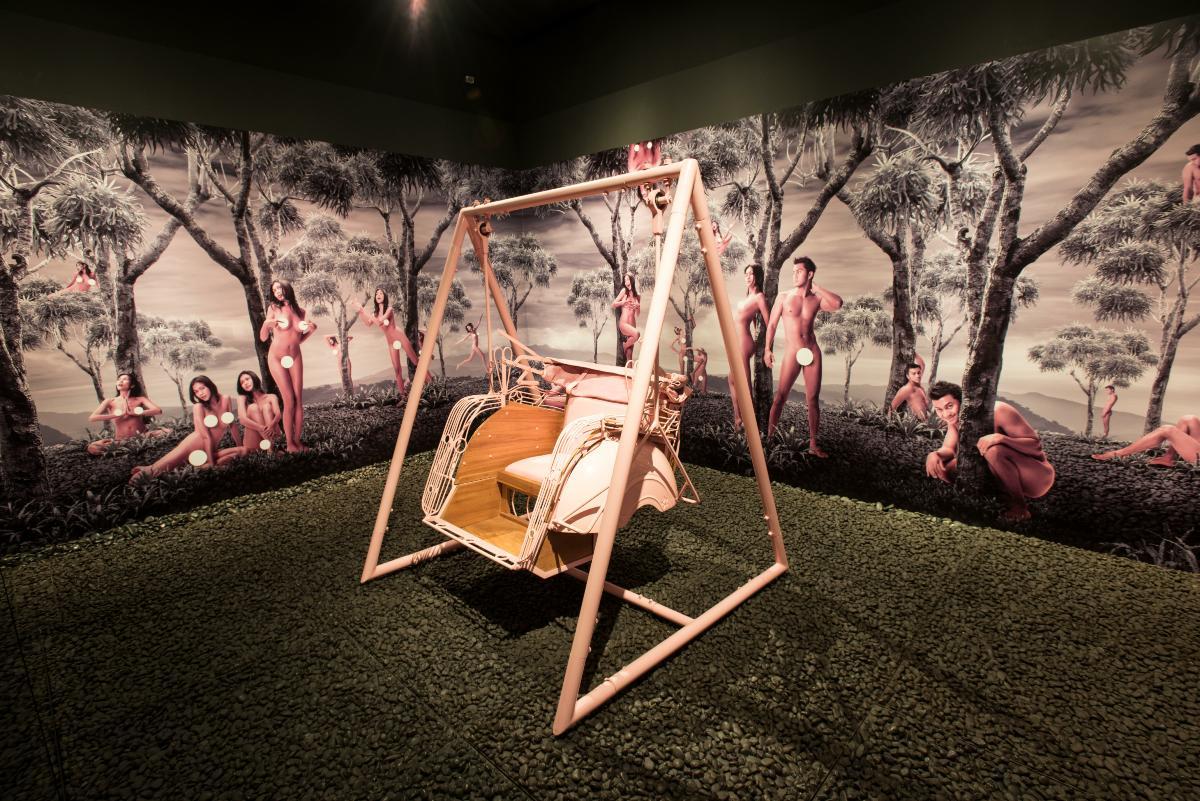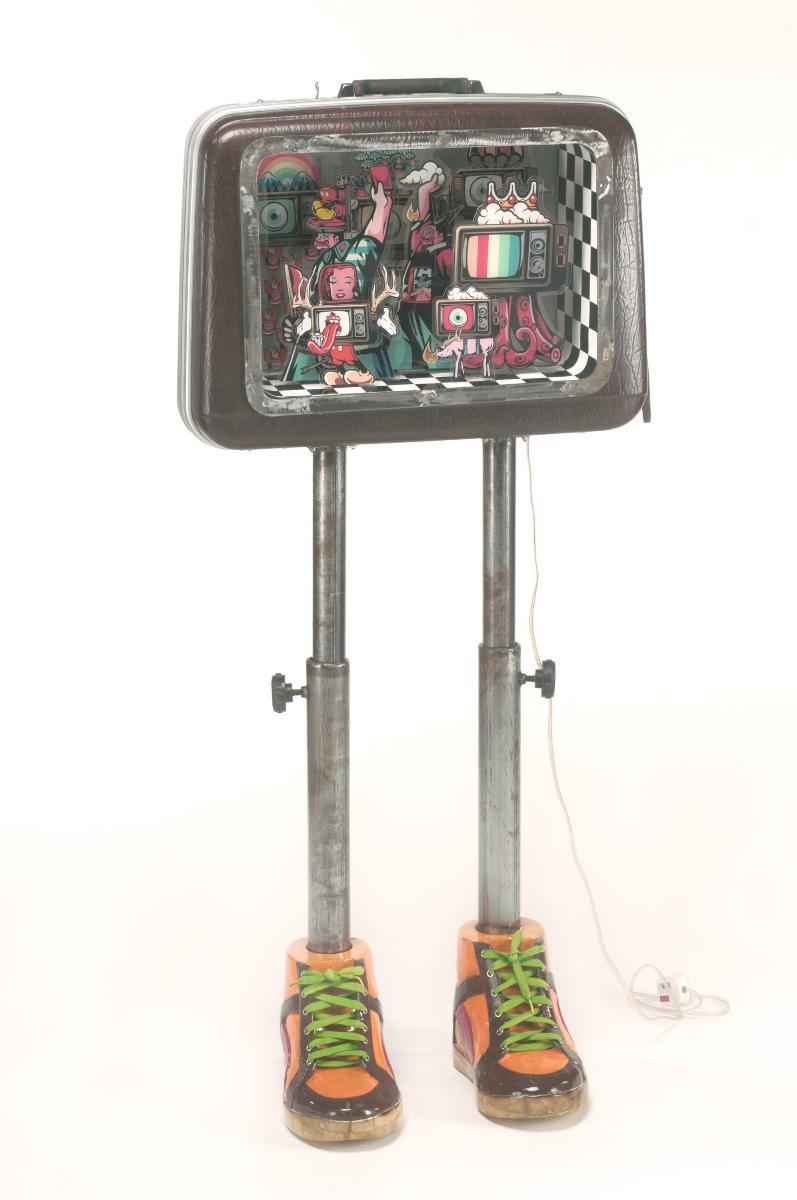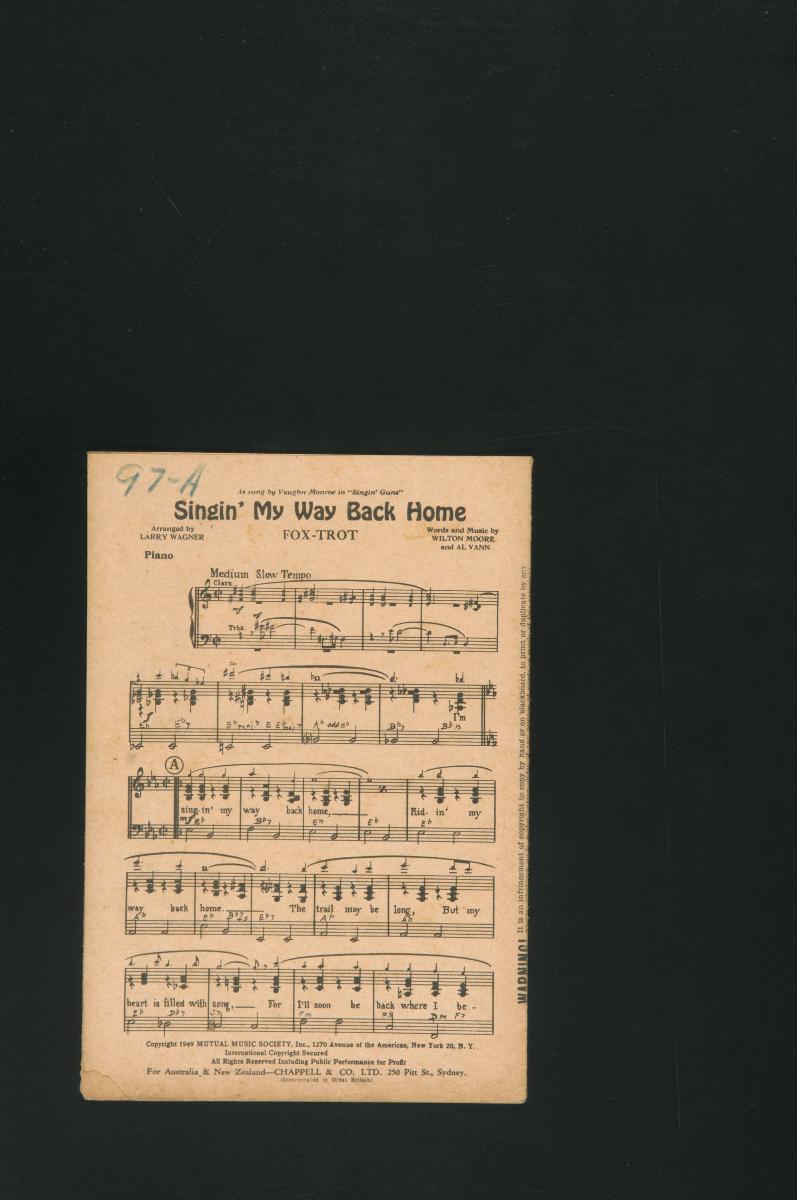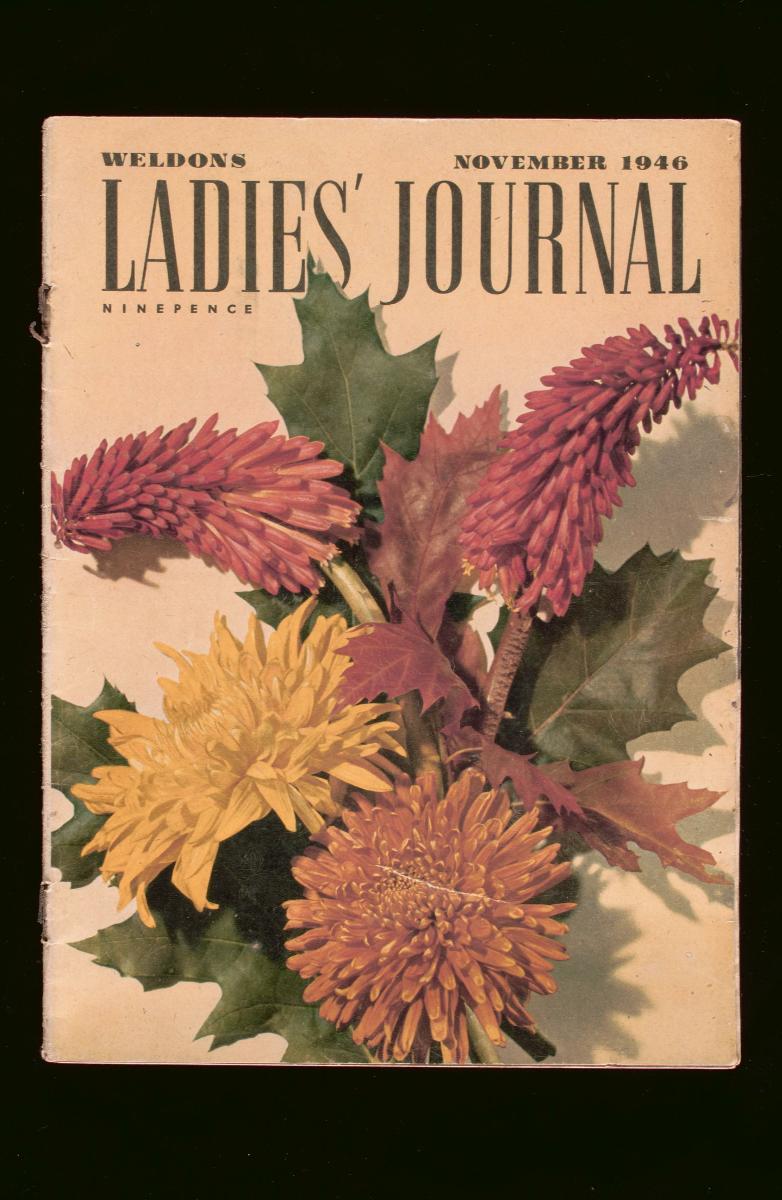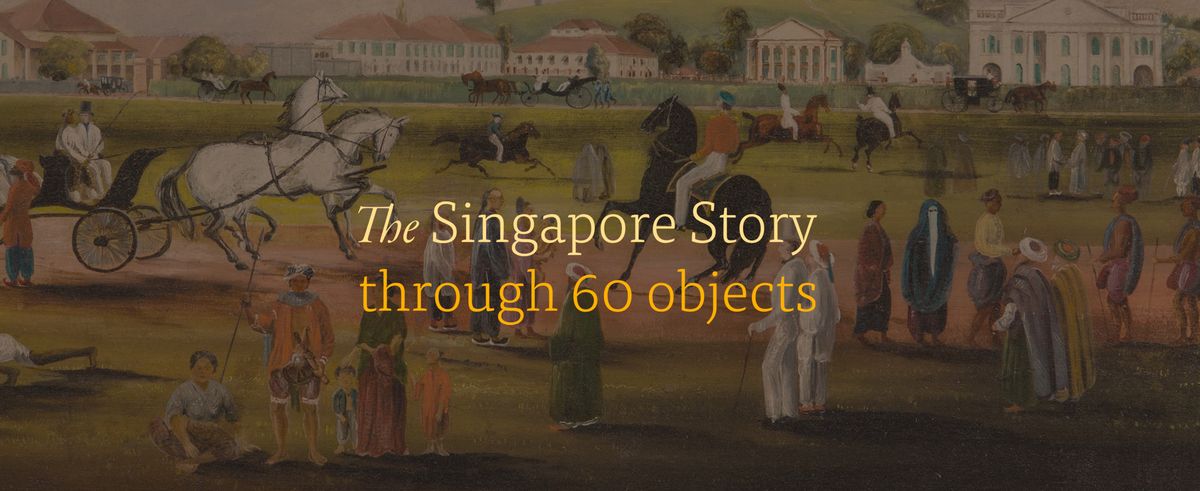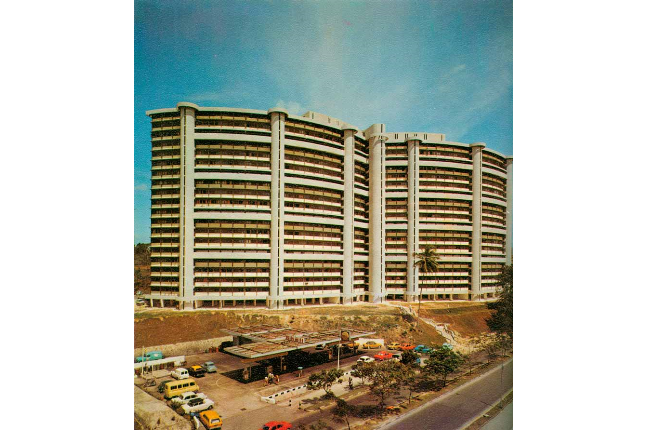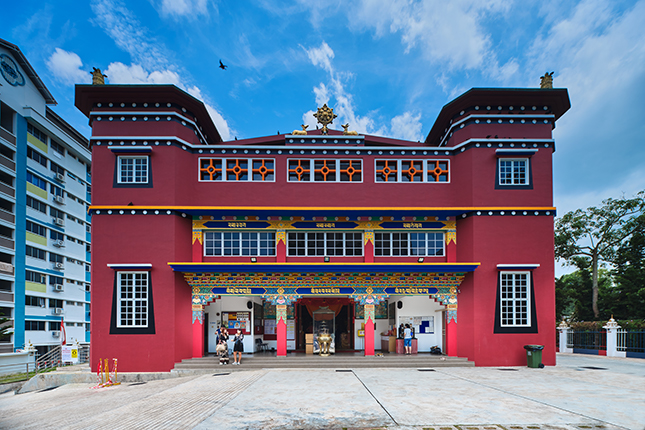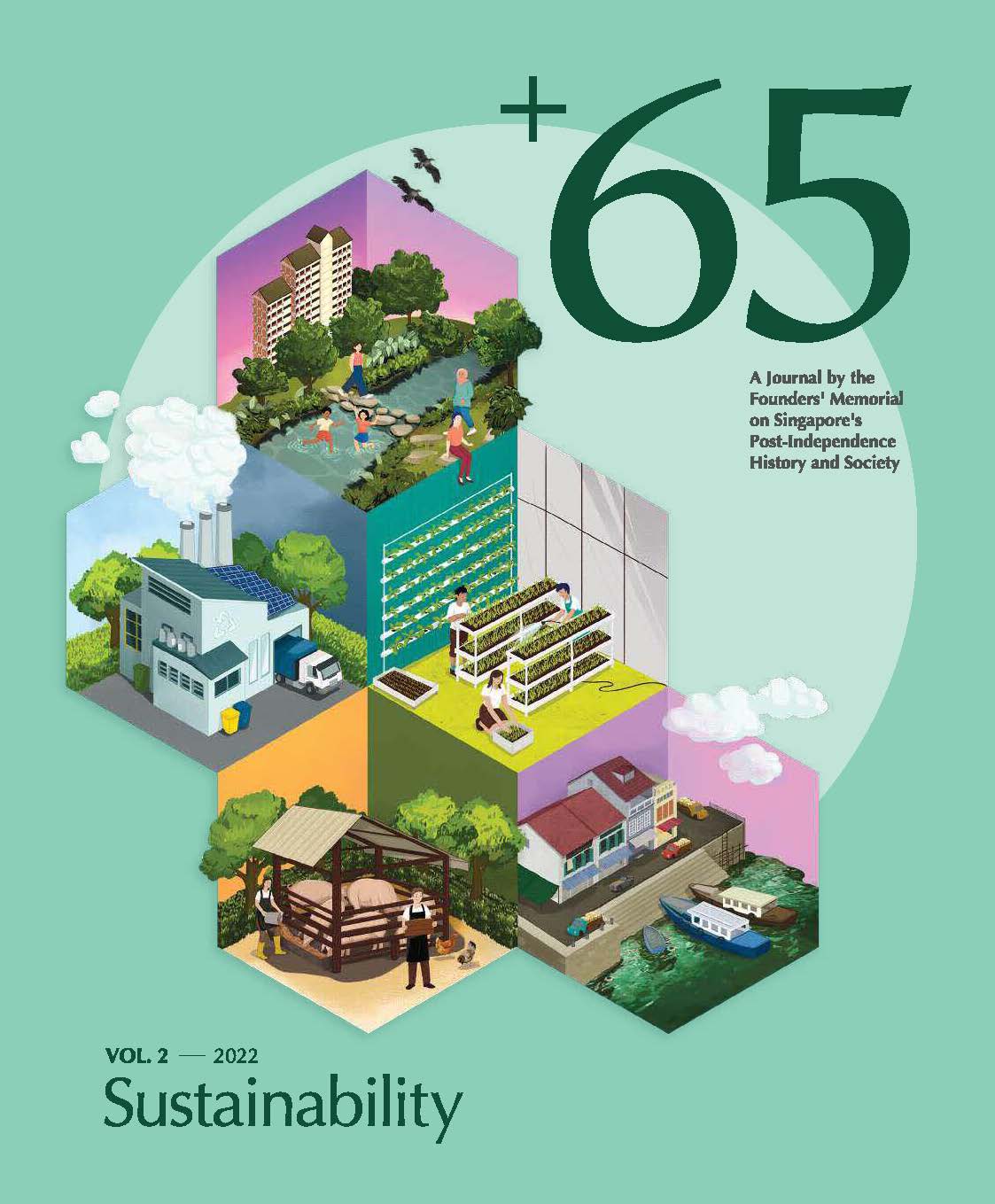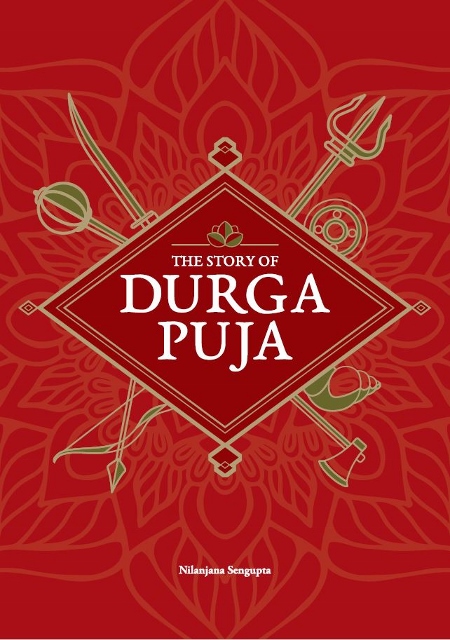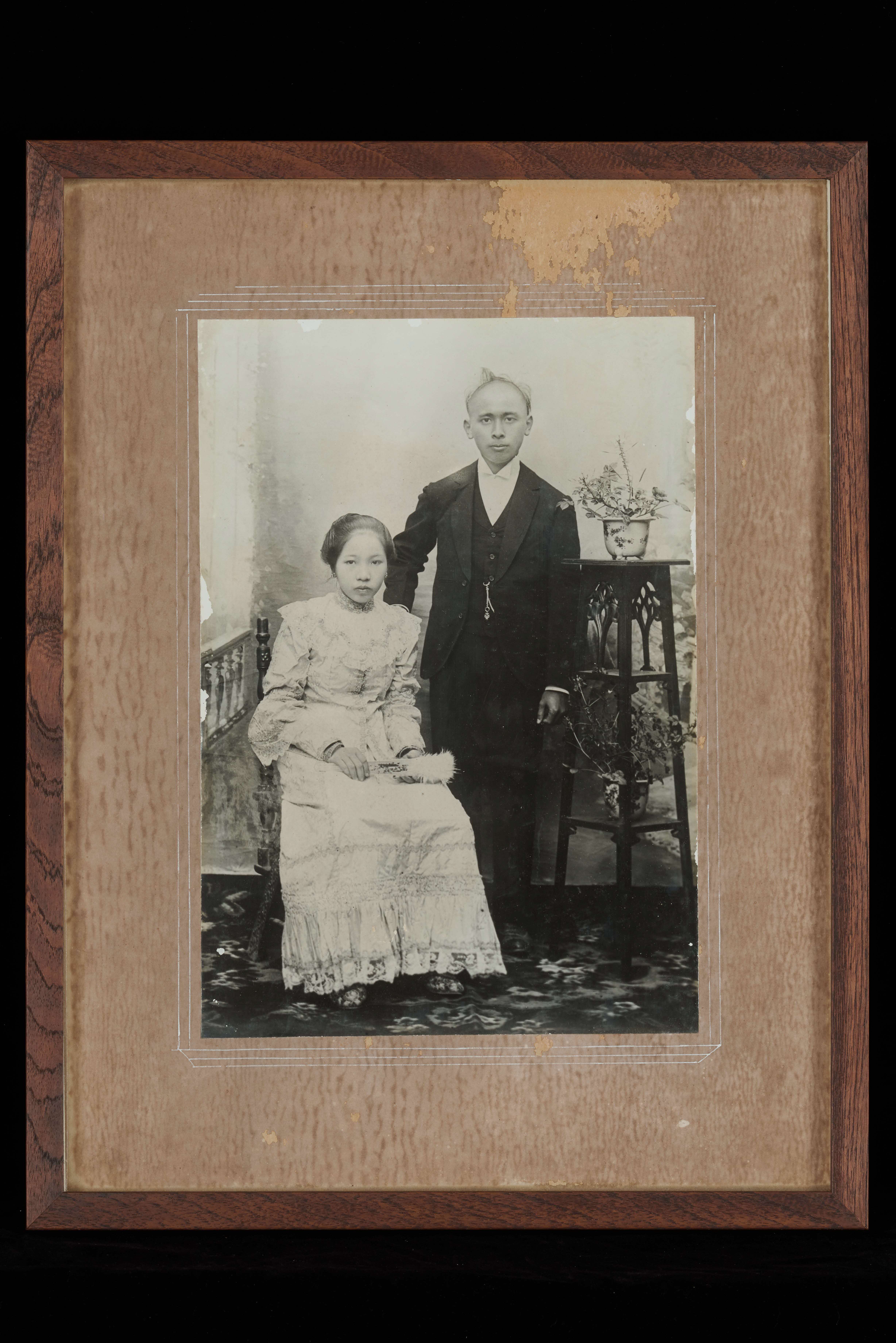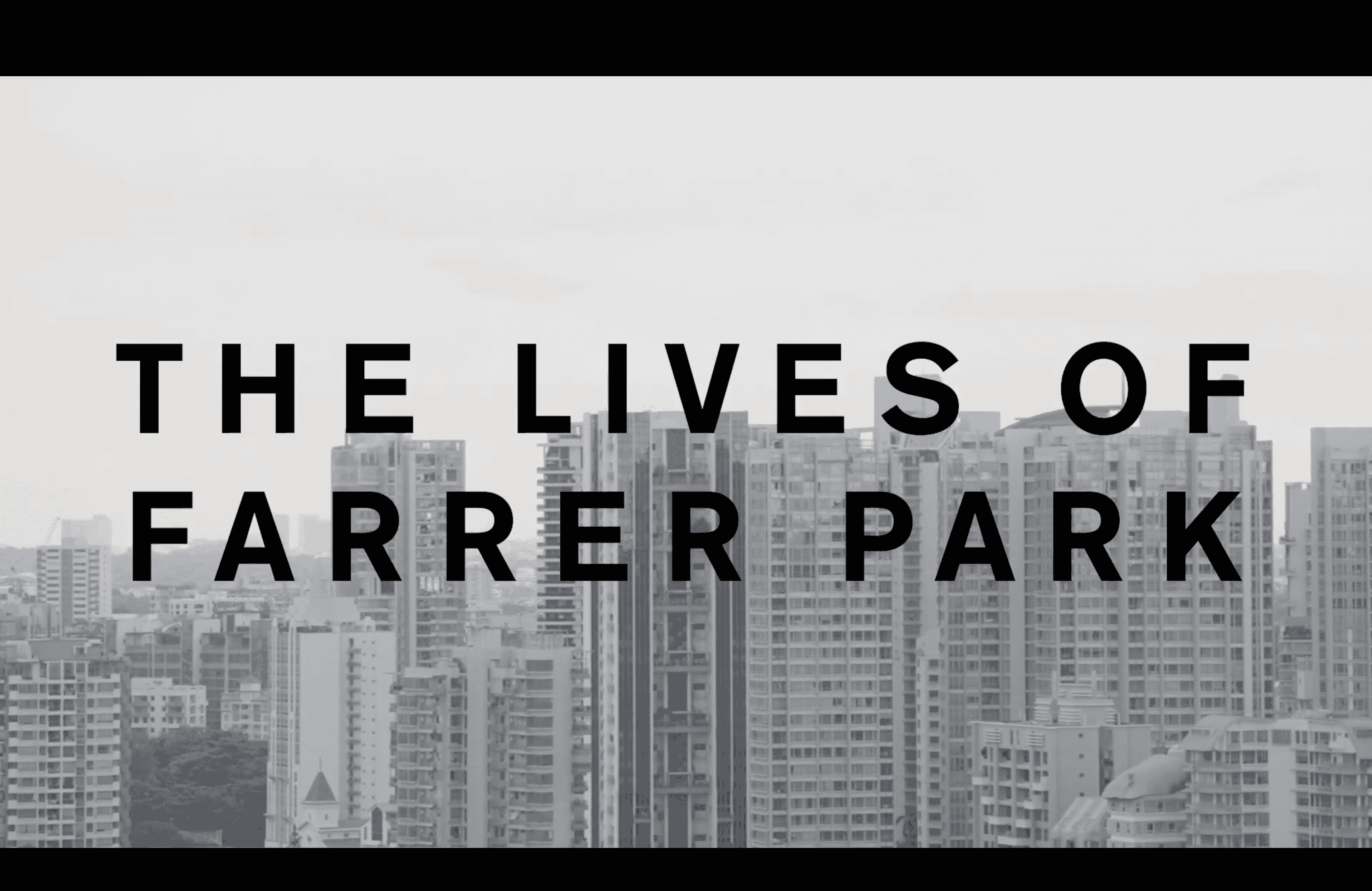First exhibited in 2005 at the CP Bienniale in Jakarta, Pinkswing Park and its ensuing controversy continue to be a touchstone for discussions of how Indonesian art negotiates the relative freedoms of a society enjoying some degree of democracy after years of authoritarian rule under the Suharto regime. The work was made in response to the exhibition theme ‘Urban/Culture’, and comprises a room with walls plastered with digital prints depicting two popular Indonesian soap opera stars frolicking in a pastoral idyll. Their poses are a pastiche of various iconic nudes from art history,for instance, Michelangelo’s David, a sculpture widely considered the epitome of masculine beauty. Unlike classical nudes however, the figures of the two Indonesian celebrities have been playfully censored. In doing so, artists Suwage and Linggar make clear that this is no innocent Garden of Eden; this contemporary ‘Adam’ and ‘Eve’ are neither ‘pure’ nor ‘noble’ in their nudity, but highly conscious and knowing of their state of undress. For example, Izabel Jahja, the model for the female nude, is photographed cheekily attempting to shield herself from the viewer’s gaze. In choosing to represent the models as such, the artists pointedly highlight the gulf between classical ideals – an innocence ‘lost’ which can never hope to be attained again – and contemporary culture, where beauty is no longer ‘natural’ but deliberate and ‘artificial’, and where classical ideals have been filtered through a lens of anxiety about the human body, in particular, what is perceived as its baser instincts and impulses. Originally intended as a light-hearted dream-garden, a sanctuary for the urban dweller to escape the hustle and bustle of everyday life, this private space of repose became instead an arena for public controversy and contention, with hard-line religious groups protesting against what they perceived as pornographic elements in the work. Under this pressure, the artwork was withdrawn from the exhibition and the entire Biennale closed down eventually, in turn sparking off heated debates and discussions about the nature of contemporary art and its public(s) in Indonesia.




